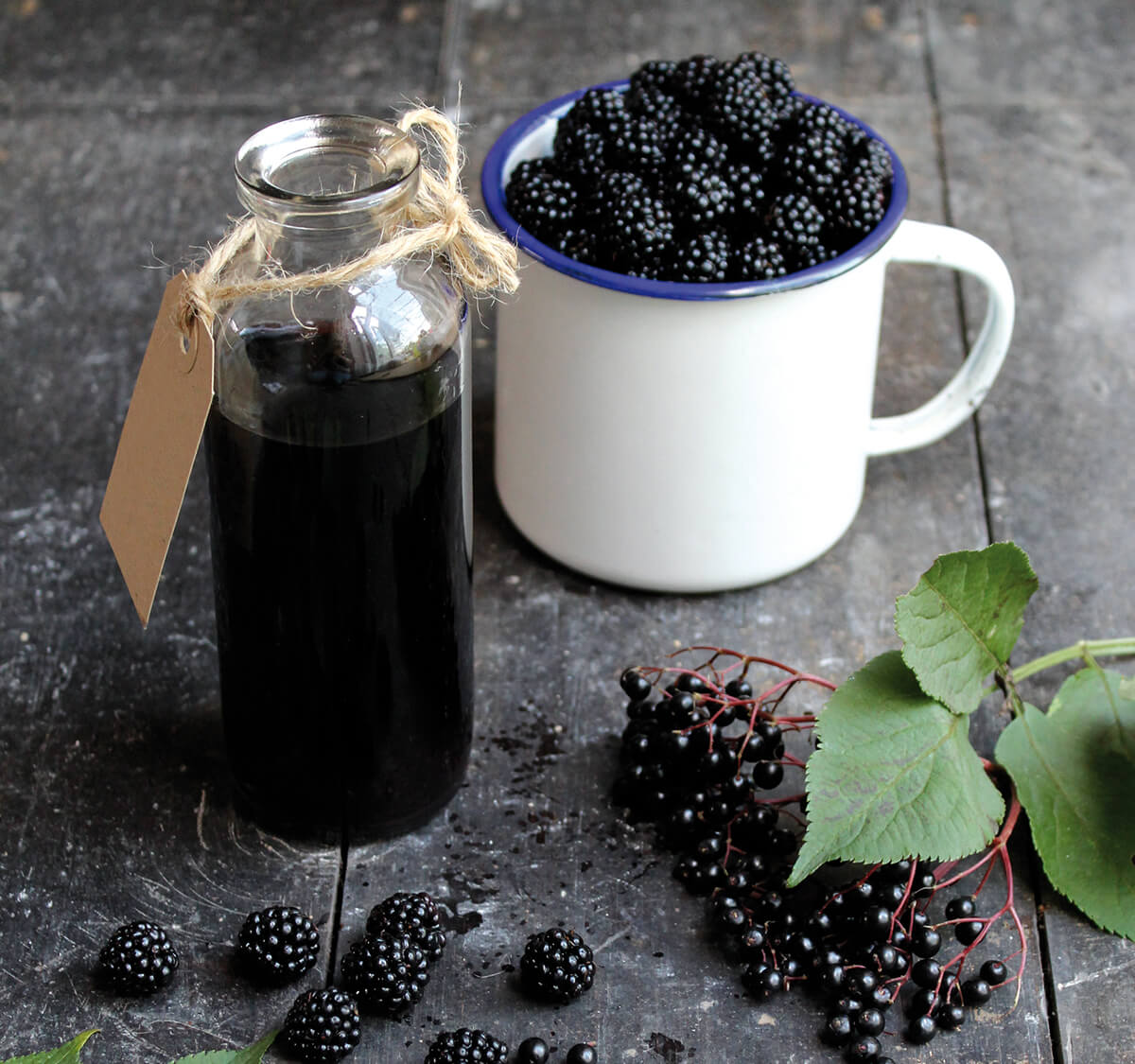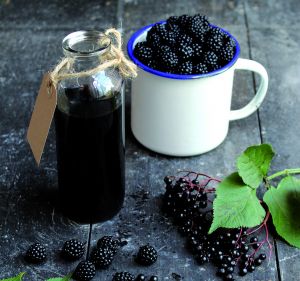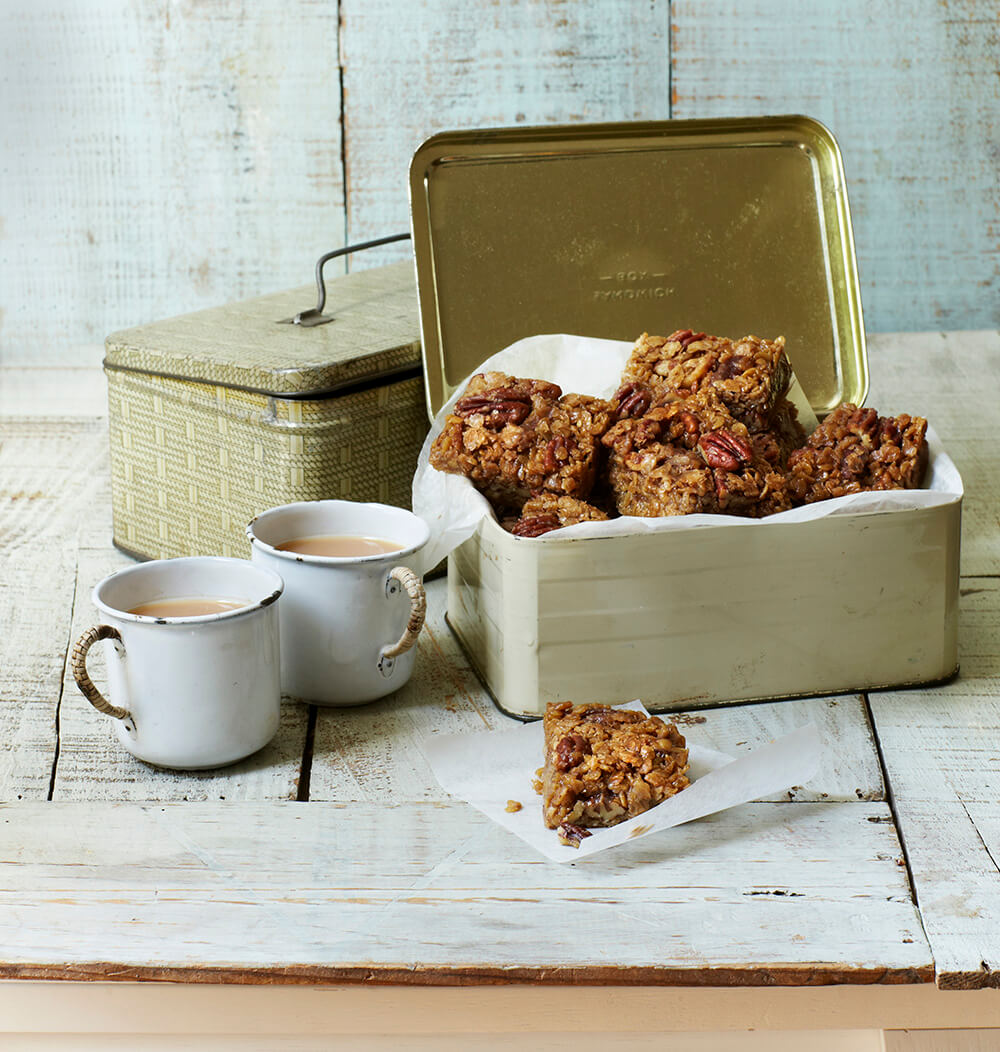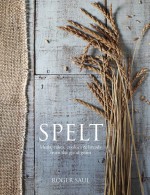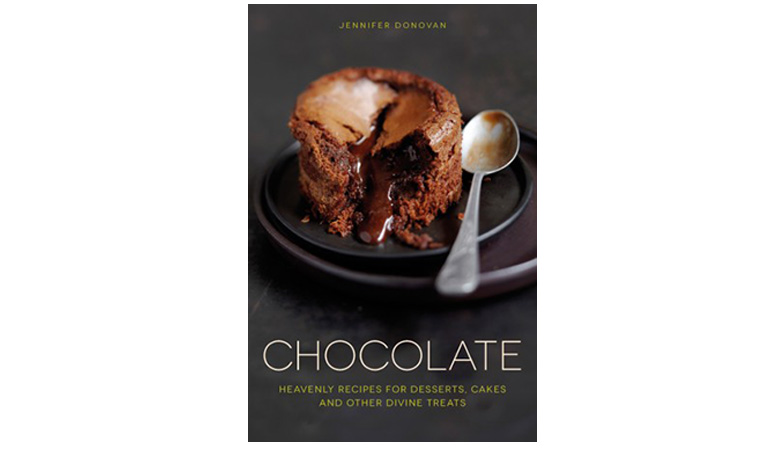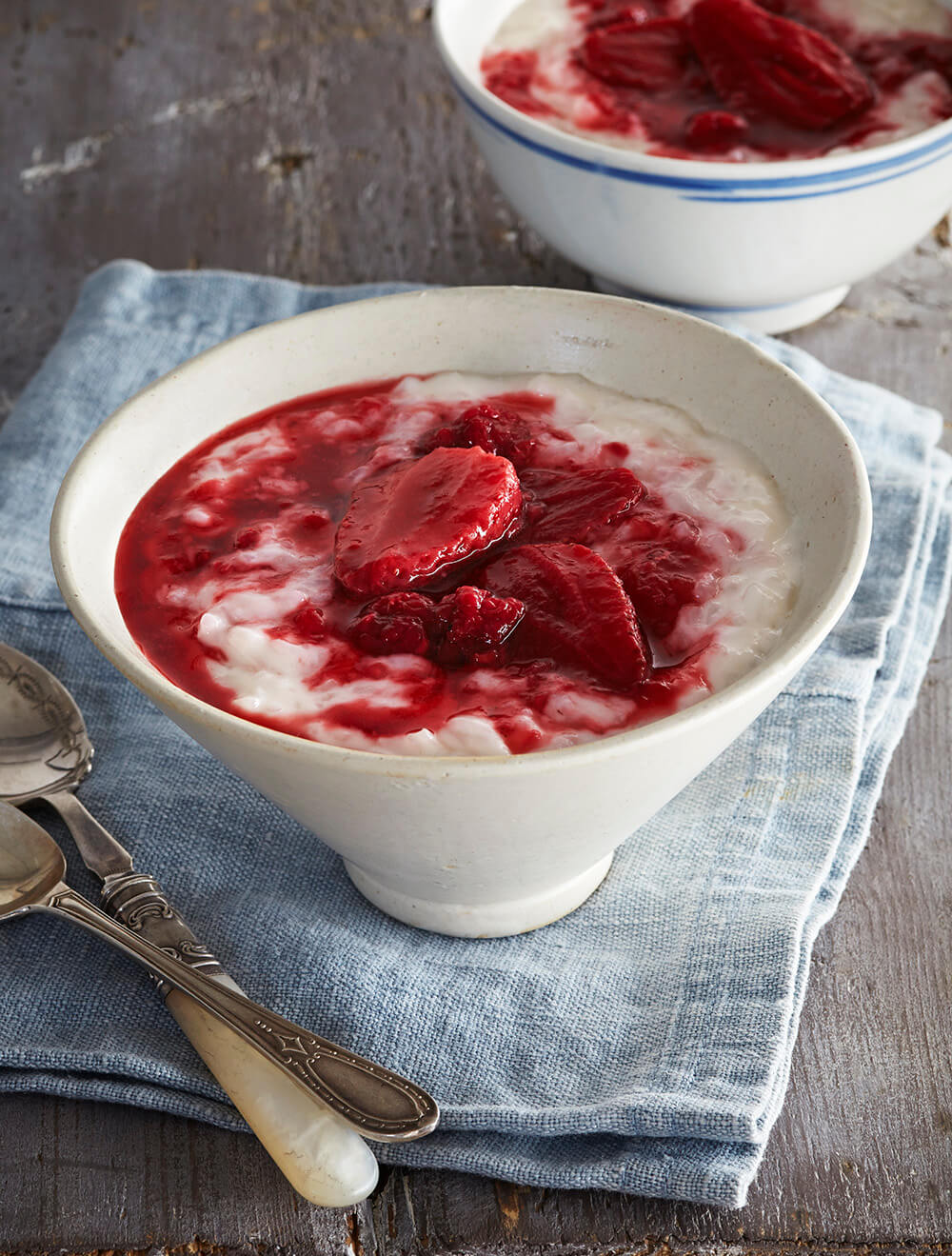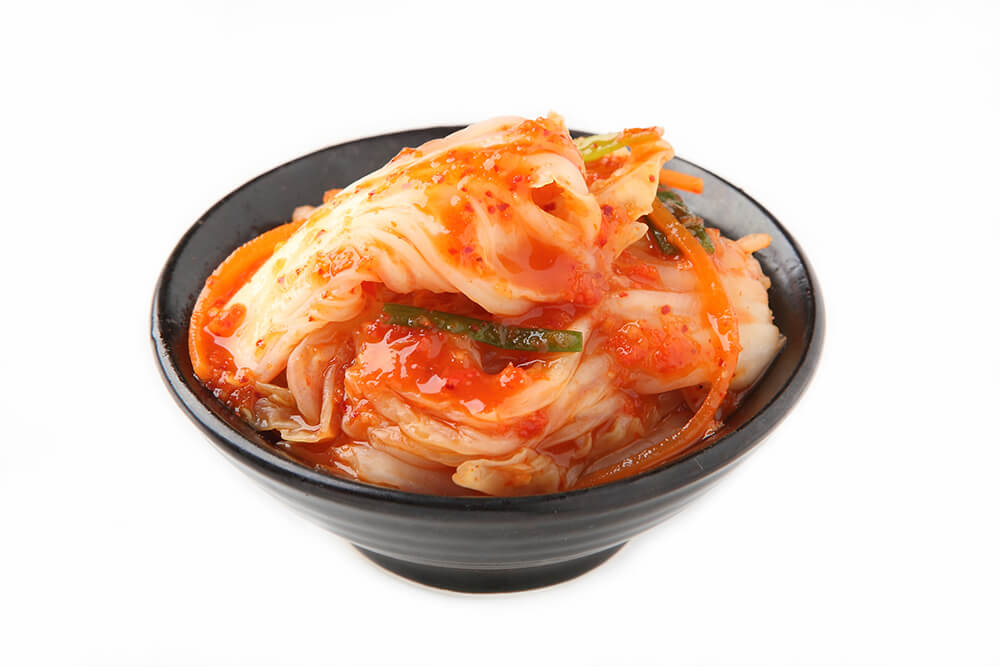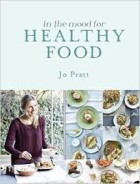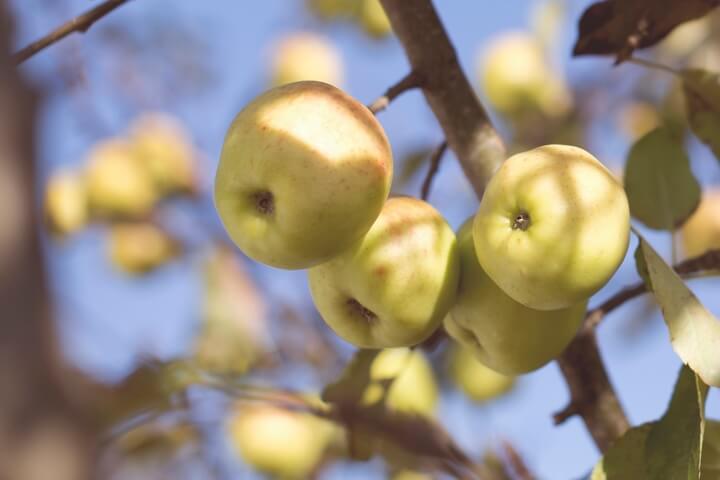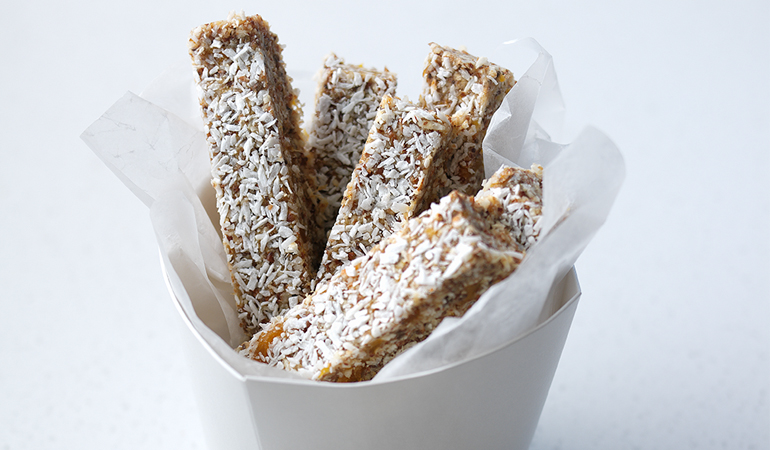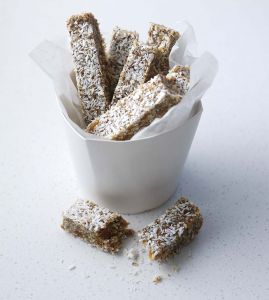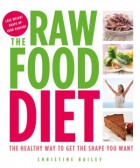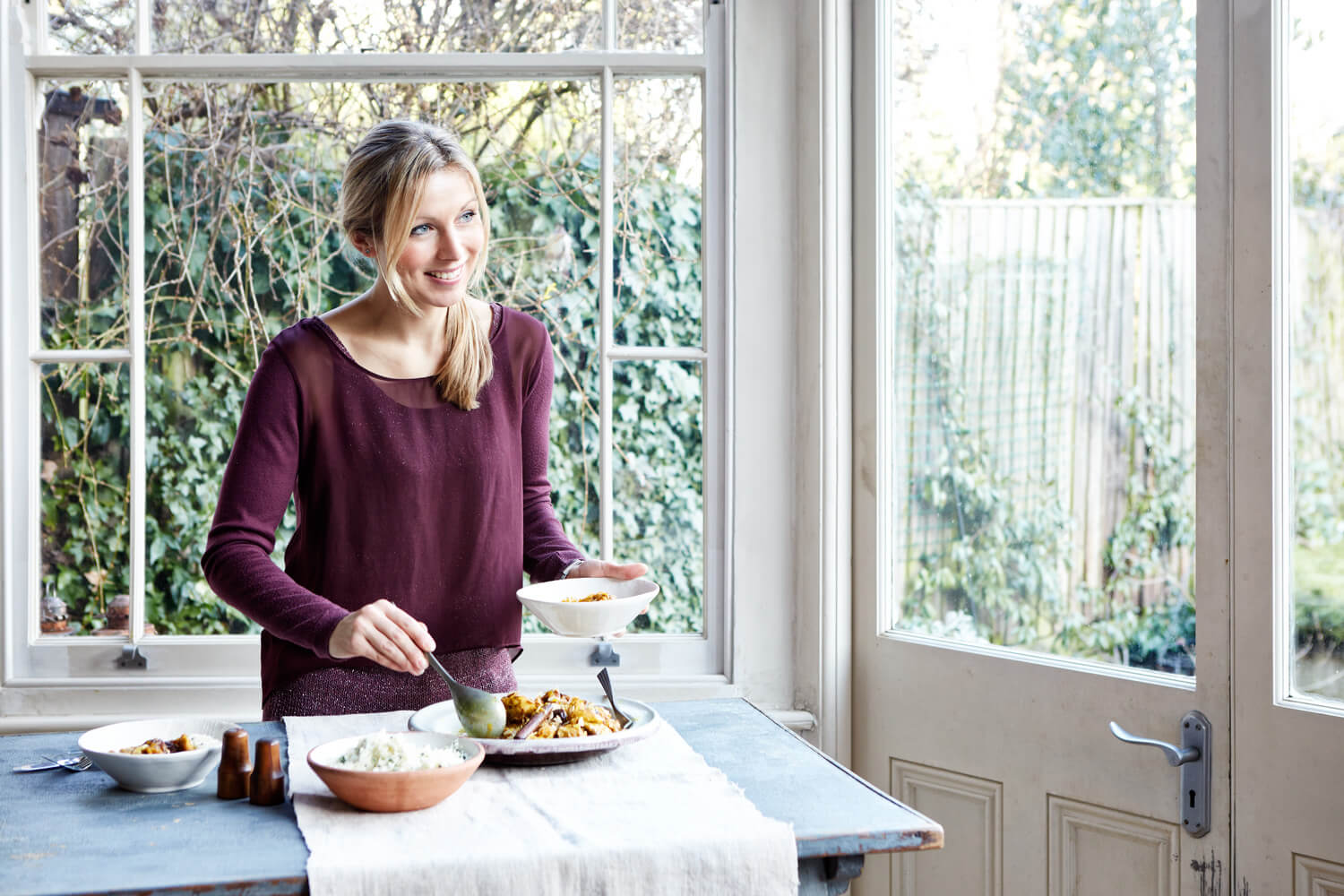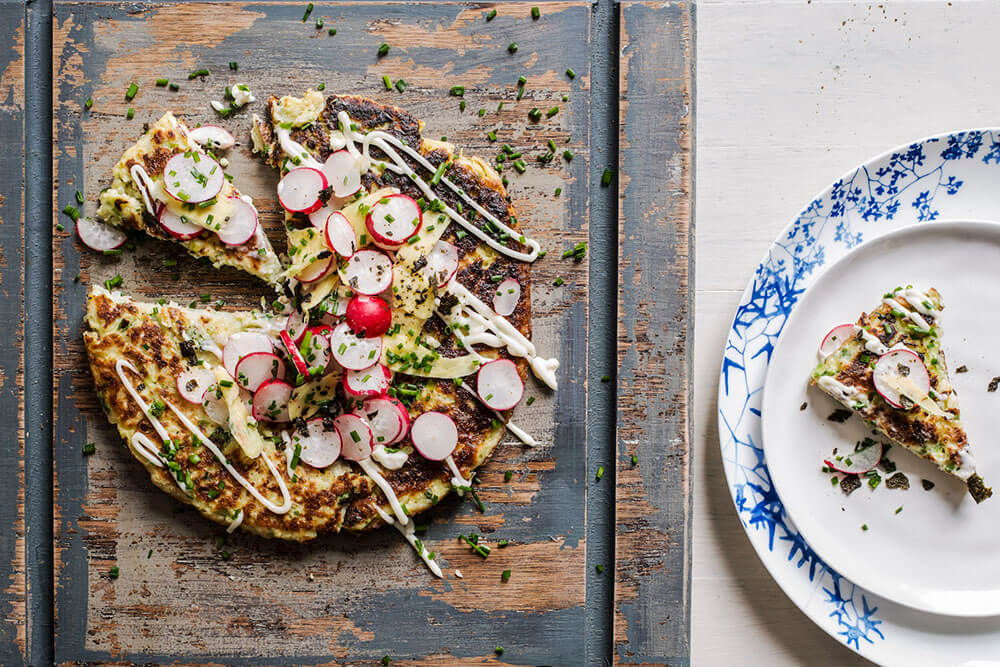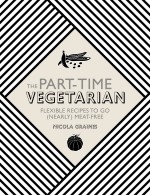Hangover Helpers: The Top Foods to Eat
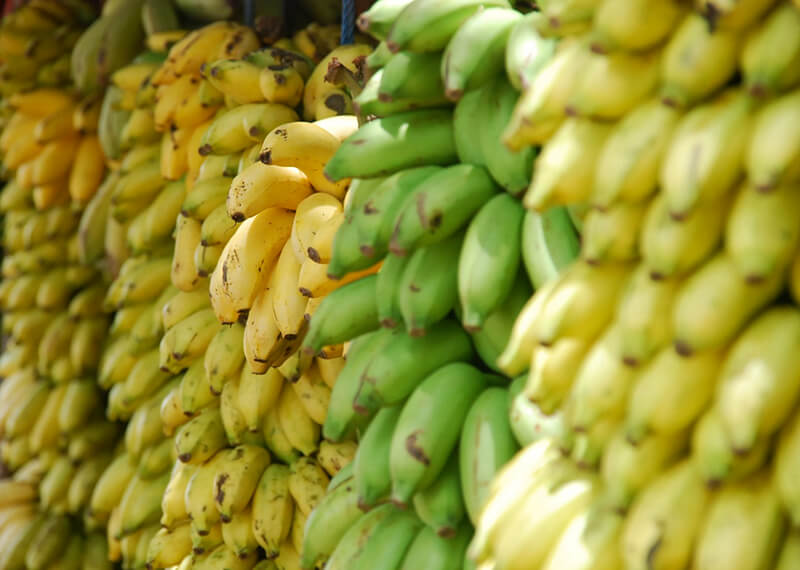
by Christine Bailey
This article has been cross-posted from www.christinebailey.co.uk.
Need some help to nurse that hangover? Here are some top foods to get you feeling better.
With the party season ahead it can be easy to get carried away with cocktails and celebratory drinks. So if you’ve overdone the alcohol – here’s what to do
Before you got to bed. Up your intake of vitamin C. Vitamin C is a valuable nutrient to help your liver detoxify alcohol. At the end of the party drink at least 2-3 glasses of water or coconut water as your body will be dehydrated then before you go to bed take 1g of vitamin C and 5g of glutamine powder to help stabilize sugar levels and repeat this in the morning before you tackle breakfast.
The following day aim to snack regularly if you cannot face meals in order to stabilise blood sugar and replenish depleted nutrients. Even though you may feel extremely tired and a cup of coffee seems like the best way to wake you up, try to stay away from it. Caffeine will only dehydrate you more, and since it’s also a diuretic, it will not help your stomach. Milk and other dairy products are also not a good idea; they may make you feel more queasy.
Instead try and include some of the following foods.
Banana – Excessive alcohol can diminish carbohydrate levels and deplete magnesium and B vitamins. Bananas are useful source of B6, potassium, magnesium and quick releasing carbs to perk you up. To help balance your blood sugar try banana topped on oat cakes, which are a great source of slow releasing carbohydrate and soluble fibre to boost flagging energy levels.
Coconut water It’s not so much the alcohol that leads to hangover symptoms but some of the chemicals the alcohol is metabolized into such as acetaldehyde. Alcohol is also a diuretic so a night out on the town can lead to dehydration further exacerbating that throbbing head the morning after. Coconut water is a great hydrating drink – rich in electrolytes sodium, potassium, magnesium and calcium, which are depleted after a night of drinking. So before you go to bed have a couple of glasses of coconut water to support detoxification.
Eggs. Eggs contains an amino acid called N acetyl cysteine one of the building blocks of a potent antioxidant called glutathione which is important in ridding the body of the toxins from alcohol. Protein will also help support energy levels through the morning. So the morning after if you can face it have a couple of scrambled eggs with veggies for a breakfast energy boost
Berries & Citrus Fruits. Not only does alcohol deplete your body of nutrients particularly vitamin C, A and B vitamins it can also lead to  low blood sugar levels, which may leave you feeling weak and shaky. Counter this by snacking on a bowl of berries or an orange. A great source of natural sugars to boost energy levels and plenty of vitamin C an essential antioxidant to protect your body from the damaging effects of alcohol. These fruits also contain a range of energy boosting B vitamins and vitamin A to replenish depleted levels. You can also add a scoop of ProBerry Amla to perk you up quickly too.
low blood sugar levels, which may leave you feeling weak and shaky. Counter this by snacking on a bowl of berries or an orange. A great source of natural sugars to boost energy levels and plenty of vitamin C an essential antioxidant to protect your body from the damaging effects of alcohol. These fruits also contain a range of energy boosting B vitamins and vitamin A to replenish depleted levels. You can also add a scoop of ProBerry Amla to perk you up quickly too.
Watermelon. Like berries watermelon is a fabulous source of potent antioxidants including carotenoids. It is also packed with water to boost hydration. Watermelon is high in many essential nutrients that can be depleted by alcohol, including vitamin C, B-vitamins and magnesium.
Ginger. Hangovers are often accompanied by an upset stomach. If you feel a little queasy try sipping some ginger tea or cordial. Ginger’s root contains chemicals called gingerols and shogaols. These chemicals relax the intestinal tract, preventing motion sickness and relieving the nausea and colicky stomach cramps. You could suck on a ginger sweet or munch a little crystallised ginger. The sugar it contains also helps to bring up your blood sugar levels, which can crash following a night of alcohol.
Supergreens. An effective way to support detoxification pathways is to add a spoonful of green superfood powder to a morning protein smoothie. Choose a blended powder, wheatgrass, spirulina, chlorella or moringa to give your liver additional support. Here’s a favourite of mine
Baked potato. Rich in vitamin B6 plus potassium (eat the skin as well). These are an ideal choice if you want to keep meals bland to prevent nausea and sickness
Oats. Another good source of B vitamins and magnesium needed to perk up energy levels. Oats can also help stabilise blood sugar levels too which can be out of balance after a drinking session.
Christine Bailey
The Supercharged Green Juice & Smoothie Diet
Available in January 2016.
Preorder from Amazon now.
Sign up for our newsletter to get our new articles straight to your inbox every month



